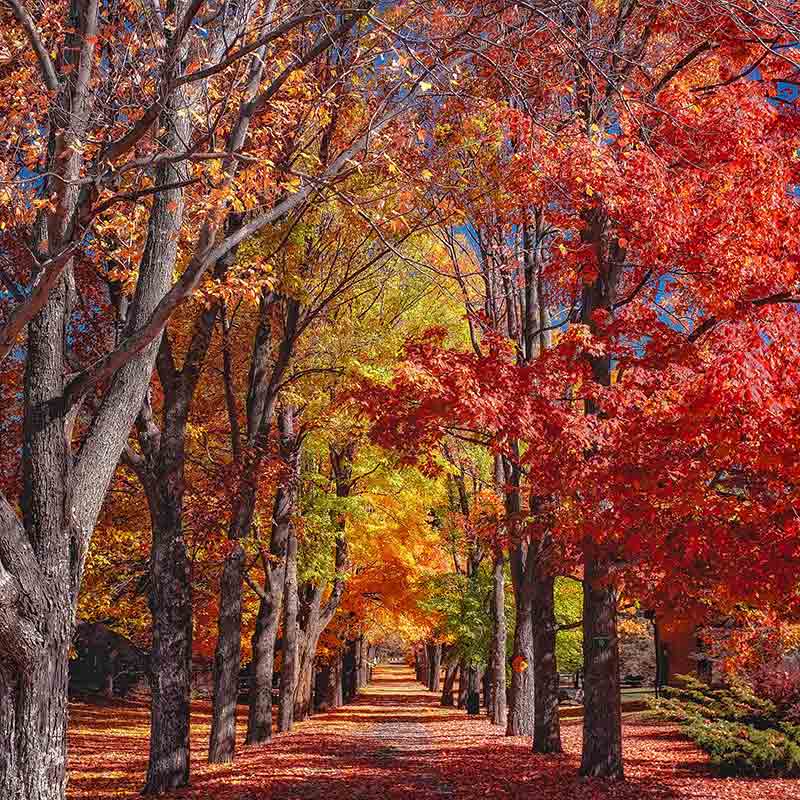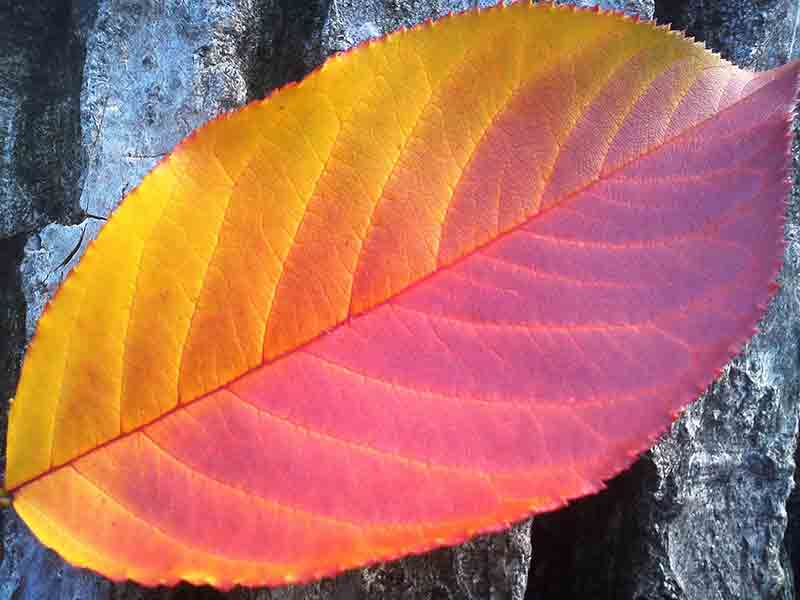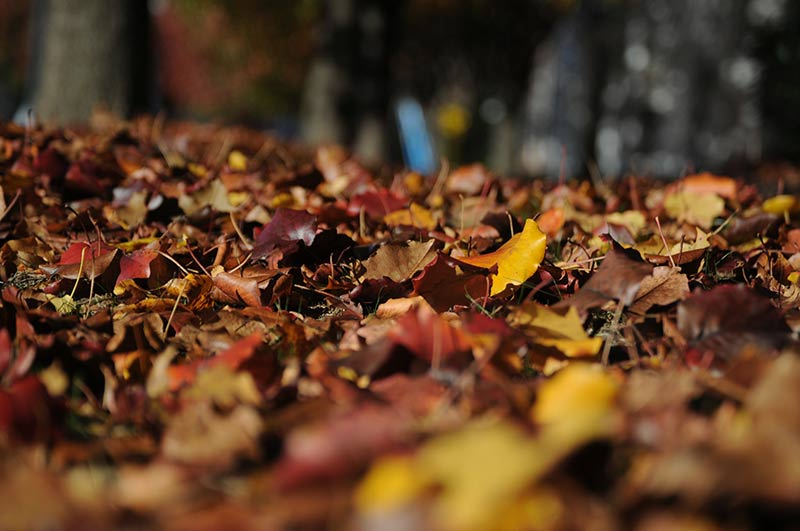By Dylan Stuntz, American Forests
It’s officially been fall for a little more than a week, and for anyone who lives near a deciduous tree — one that sheds its leaves in the fall — this means some beautiful sights are about to occur. But why do trees go through these changes? There’s a complex chemical process that goes on inside every deciduous tree, and maybe understanding it can give you even more appreciation for such a stunning sight.
To understand why leaves are the color they are, you first need to become familiar with the inside of a leaf. Leaves get their green color from a chemical called chlorophyll, which helps the tree take in sunlight. The tree uses the sunlight in a process called photosynthesis, which is how the tree eats, so to speak. It uses the sunlight to break down carbon dioxide (CO2) and water (H20) it absorbs, turning the CO2 and H20 into oxygen, which gets expelled, and glucose, which the tree consumes for energy.
If you imagine a tree as a factory, then the leaves are seasonal workers. They do their job when resources are coming into the factory (sunlight, water, carbon dioxide), but when resources stop coming in, there’s not much for the workers to do, so the tree sends them a pink slip. Leaves require energy from the tree, so like any good factory, the tree engages in a cost-benefit analysis. When the days become shorter, the tree no longer wants to waste energy on leaves. This starts the internal chemical process that creates fall foliage.

The colors of a particular tree are a result of the carotenoids and the anthocyanins reacting to each other in different amounts, in combination with any chlorophyll left. The formation of these chemicals and the amount of each of them are dependent on temperature, moisture and sunlight, so every foliage season is unique, because every season the chemical balance found inside the leaf changes.

Carotenoids and anthocyanins also break down after being exposed to sunlight. If a leaf manages to stay on the branch after the chemical processes have broken down, you would see the bright colors fade until it would finally be brown, a result of a final chemical, tannin. Tannins are found in the membranes of the cells that make up the leaves, so they never fade, which is why brown is the final color present in late autumn.

So when you go to snap a picture of copper-colored leaves for your Instagram, take a minute to appreciate the intricate chemical interactions going on!